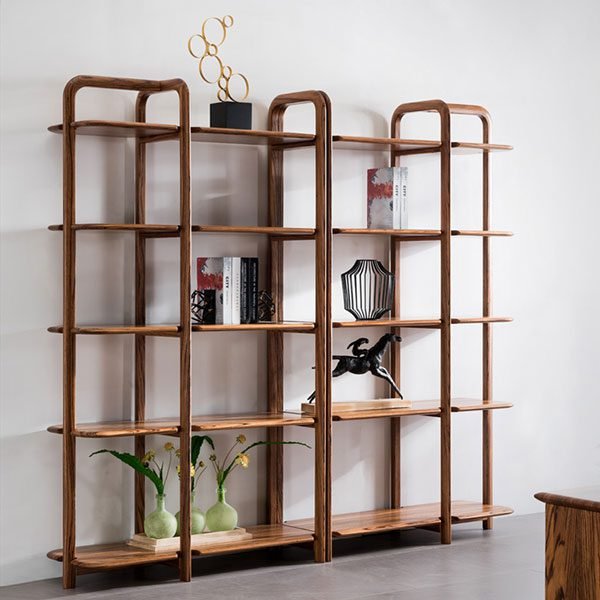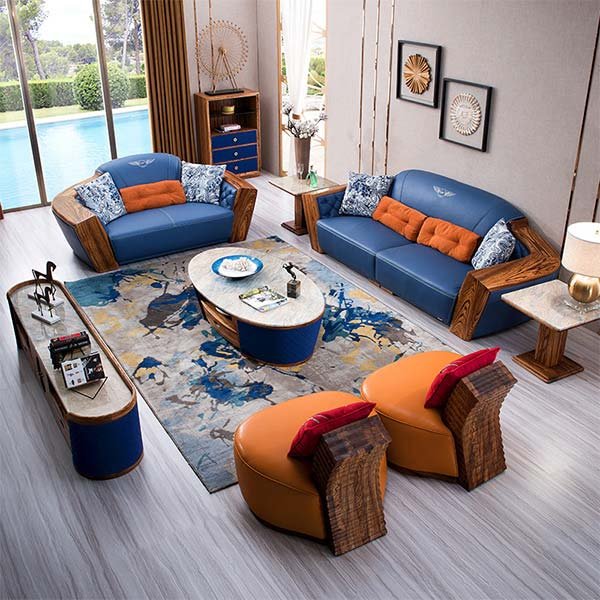“Protect and Transform: The Ultimate Guide to Covering Furniture When Painting!”
Choosing the Right Materials for Furniture Painting Protection
Painting furniture can be a great way to update the look of your home and give new life to old pieces. However, it’s important to protect your furniture from paint spills and splatters. In this article, we will discuss the importance of choosing the right materials for furniture painting protection.
When it comes to protecting your furniture while painting, there are several options available. One of the most common and effective methods is to use drop cloths. Drop cloths are large pieces of fabric or plastic that can be spread out over your furniture to catch any paint drips or spills. They are typically made from durable materials that can withstand the weight of furniture and the potential mess of painting.
When choosing a drop cloth, it’s important to consider the type of paint you will be using. If you are using oil-based paint, you will need a drop cloth that is resistant to oil and won’t absorb the paint. Canvas drop cloths are a popular choice for oil-based paints as they are thick and durable. On the other hand, if you are using water-based paint, a plastic drop cloth may be more suitable as it is waterproof and easy to clean.
Another option for protecting your furniture is to use plastic sheeting. Plastic sheeting is similar to drop cloths but is made from a thin, flexible plastic material. It can be easily draped over furniture and secured with tape or clips. Plastic sheeting is a good choice for protecting furniture that is difficult to move or has intricate details that may be difficult to cover with a drop cloth.
In addition to drop cloths and plastic sheeting, there are also specialized furniture covers available. These covers are designed specifically for furniture painting and often have features such as elastic edges or straps to ensure a snug fit. Furniture covers are a great option if you want to protect your furniture while still being able to see and access the piece during the painting process.
When choosing the right materials for furniture painting protection, it’s also important to consider the size and shape of your furniture. If you have large pieces of furniture, you may need multiple drop cloths or a larger plastic sheeting to adequately cover the entire piece. It’s also a good idea to measure your furniture before purchasing any protective materials to ensure a proper fit.
In conclusion, choosing the right materials for furniture painting protection is essential to ensure a successful and mess-free painting project. Drop cloths, plastic sheeting, and specialized furniture covers are all effective options for protecting your furniture from paint spills and splatters. Consider the type of paint you will be using and the size and shape of your furniture when selecting the appropriate materials. By taking the time to properly protect your furniture, you can enjoy the process of painting and the beautiful results it can bring to your home.
Step-by-Step Guide: Covering Furniture for a Paint Job
Step-by-Step Guide: Covering Furniture for a Paint Job
Painting furniture can be a great way to give it a fresh new look and breathe new life into your space. However, it’s important to take the necessary precautions to protect your furniture from paint splatters and spills. In this step-by-step guide, we will walk you through the process of covering furniture for a paint job.
1. Prepare the area: Before you begin covering your furniture, it’s important to prepare the area where you will be working. Clear out any nearby objects or decorations that could potentially get in the way. Lay down a drop cloth or plastic sheeting to protect the floor from any paint drips or spills.
2. Clean the furniture: Before you start covering your furniture, make sure it is clean and free of any dust or debris. Use a mild detergent and water to wipe down the surfaces, and allow it to dry completely before moving on to the next step.
3. Remove any hardware: If your furniture has any hardware such as knobs or handles, it’s best to remove them before painting. This will make it easier to cover the furniture and ensure that the paint job is even and smooth. Keep the hardware in a safe place so that you can easily reattach it once the paint has dried.
4. Choose the right covering material: There are several options for covering your furniture during a paint job. One popular choice is plastic sheeting, which provides a waterproof barrier and is easy to clean up. Another option is using old bedsheets or drop cloths, which can be easily washed and reused. Whichever material you choose, make sure it is large enough to completely cover the furniture and secure it in place with tape or clips.
5. Cover the furniture: Start by draping the covering material over the furniture, making sure it is centered and evenly distributed. Smooth out any wrinkles or creases to ensure a neat and tidy appearance. If necessary, use additional tape or clips to secure the covering material in place.
6. Protect delicate areas: If your furniture has any delicate or intricate areas, such as carved details or upholstery, it’s a good idea to provide extra protection. Use masking tape or painter’s tape to cover these areas, creating a barrier between the paint and the delicate surfaces.
7. Begin painting: Once your furniture is properly covered and protected, you can begin painting. Follow the instructions on your chosen paint product and apply the paint evenly and smoothly. Take your time and allow each coat to dry completely before applying the next one.
8. Remove the covering material: Once the paint has dried, carefully remove the covering material from your furniture. Be cautious not to smudge or damage the freshly painted surfaces. If any paint has seeped through the covering material, use a damp cloth or sponge to clean it up before it dries.
9. Reattach hardware: After the paint has dried completely, you can reattach any hardware that you removed earlier. Take your time to ensure that everything is properly aligned and secure.
By following these step-by-step instructions, you can effectively cover your furniture for a paint job and protect it from any potential damage. Remember to take your time and be thorough in your preparations to achieve the best results. Happy painting!
Creative Ways to Protect Furniture during Painting Projects
Когда дело доходит до покраски мебели, важно не только выбрать правильную краску и кисть, но и обеспечить надежную защиту для вашей мебели. В этой статье мы рассмотрим несколько творческих способов защиты мебели во время покраски проектов.
Первым и самым простым способом защиты мебели является использование пленки или пластиковых покрытий. Это позволяет полностью покрыть мебель и защитить ее от случайных попаданий краски. Пленка или пластиковые покрытия легко укладываются на мебель и могут быть закреплены с помощью скотча или резиновых ремешков. Они также легко снимаются после окончания работ.
Если вы хотите добавить немного творчества в процесс защиты мебели, вы можете использовать старые простыни или покрывала. Просто расправьте их поверх мебели и закрепите их с помощью скоб или скотча. Это не только защитит вашу мебель, но и добавит некоторый стиль в вашу рабочую область.
Еще одним интересным способом защиты мебели является использование картонных коробок. Вы можете разрезать коробки и использовать их как щиты для защиты задней части мебели. Просто прикрепите их к задней стороне мебели с помощью скотча или скоб. Это особенно полезно, если вы покрашиваете стулья или другую мебель с открытой задней частью.
Если у вас есть старые прозрачные пластиковые пакеты, вы можете использовать их для защиты ножек столов и стульев. Просто наденьте пакеты на ножки и закрепите их с помощью резиновых ремешков или скотча. Это поможет предотвратить случайное попадание краски на ножки мебели.
Если вы хотите добавить немного художественности в процесс покраски мебели, вы можете использовать маскировочную ленту и наклейки. Просто наклейте ленту на мебель в желаемом дизайне и покрасьте оставшуюся часть мебели. После высыхания краски удалите ленту и наслаждайтесь уникальным дизайном вашей мебели.
Наконец, если у вас есть возможность, вы можете переместить мебель в другое помещение или временно убрать ее из комнаты. Это самый надежный способ защитить мебель от случайных попаданий краски. Если это не возможно, вы можете попробовать разделить комнату с помощью пластиковых панелей или ширмы, чтобы создать временную “зону безопасности” для вашей мебели.
В заключение, защита мебели во время покраски проектов является важным шагом, чтобы сохранить ее в идеальном состоянии. Используйте пленку, простыни, картонные коробки, пластиковые пакеты, маскировочную ленту или переместите мебель в другое помещение, чтобы обеспечить надежную защиту. Не забывайте, что творческие способы защиты мебели также могут добавить стиль и художественность в ваш проект покраски.
Заключение
Заключение: Чтобы защитить мебель при покраске, следует использовать пленку или покрывало, чтобы полностью покрыть поверхность мебели. Также рекомендуется использовать малярную ленту для защиты углов и краев. Это поможет предотвратить попадание краски на мебель и сохранить ее в хорошем состоянии.



